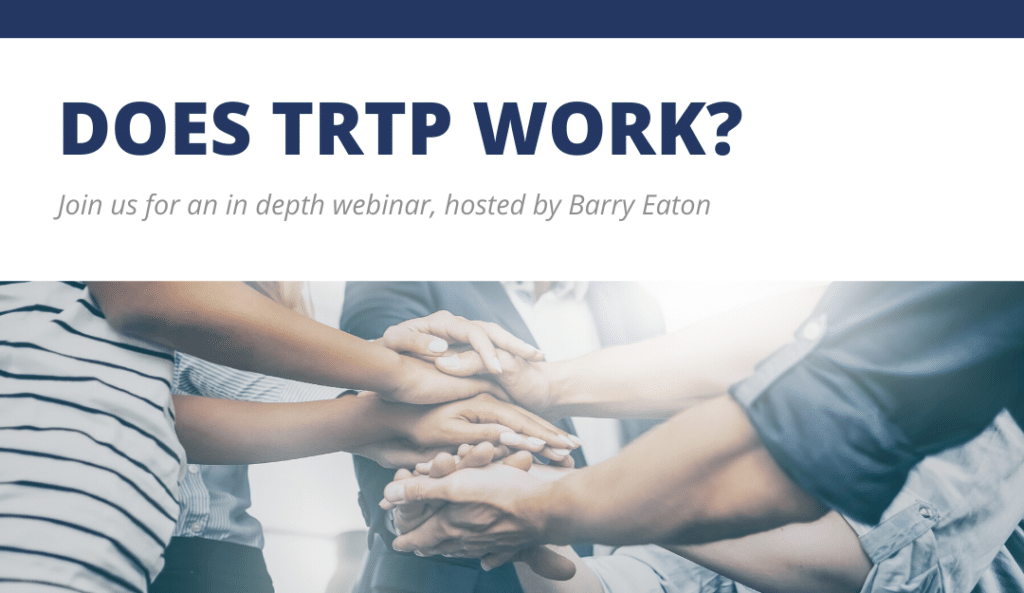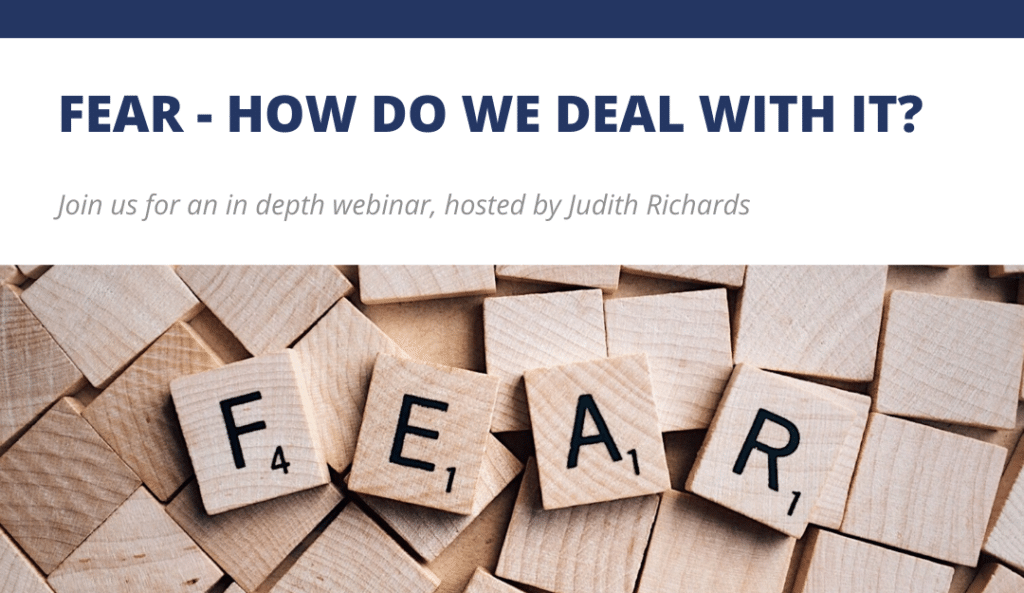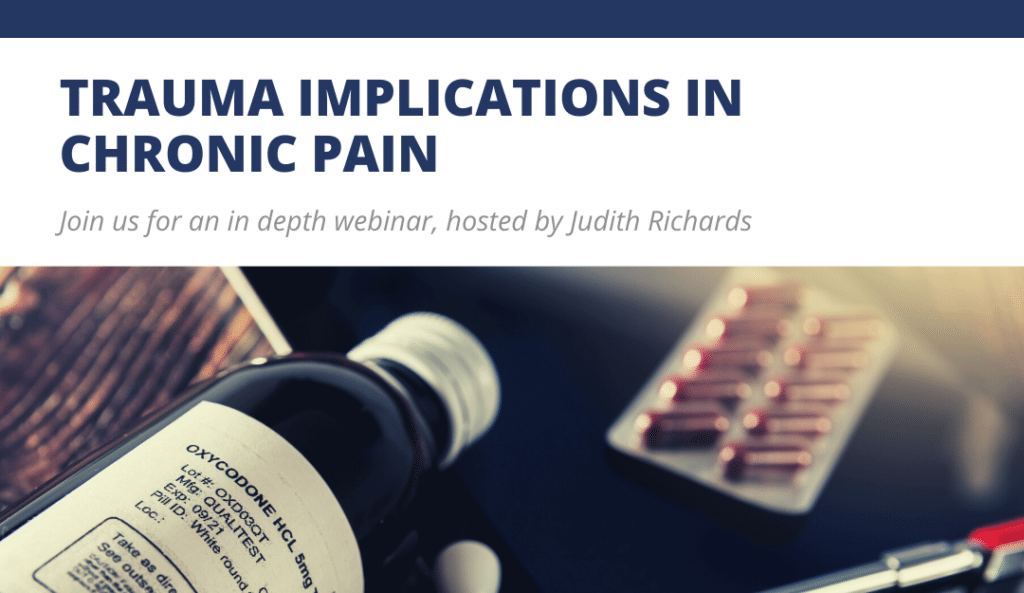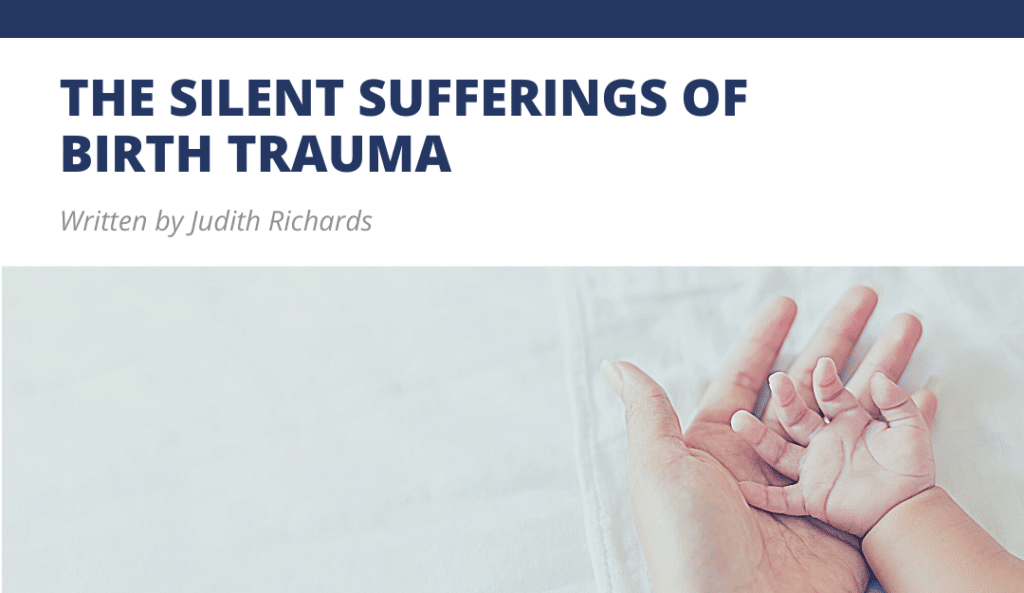The Secret BEHIND Anxiety – some uncommon knowledge
THE SECRET BEHIND ANXIETY – some uncommon knowledge By Judith Richards, creator of The Richards Trauma Process (TRTP) Anxiety If you or someone you care about experiences anxiety, then you know what a dreadful and debilitating thing it can be. The Secret Behind Anxiety I want to share with you a “secret”, or UNCOMMON knowledge around anxiety: anxiety is NOT the issue. Anxiety is NOT the issue. What? I know it sounds ridiculous… it may even frustrate or upset some people to hear this. But please read on to understand why anxiety is not the issue… and how this is GOOD NEWS! Anxiety is a SYMPTOM Anxiety is not the issue because it is a SYMPTOM. What is anxiety a […]
The Secret BEHIND Anxiety – some uncommon knowledge Read More »










